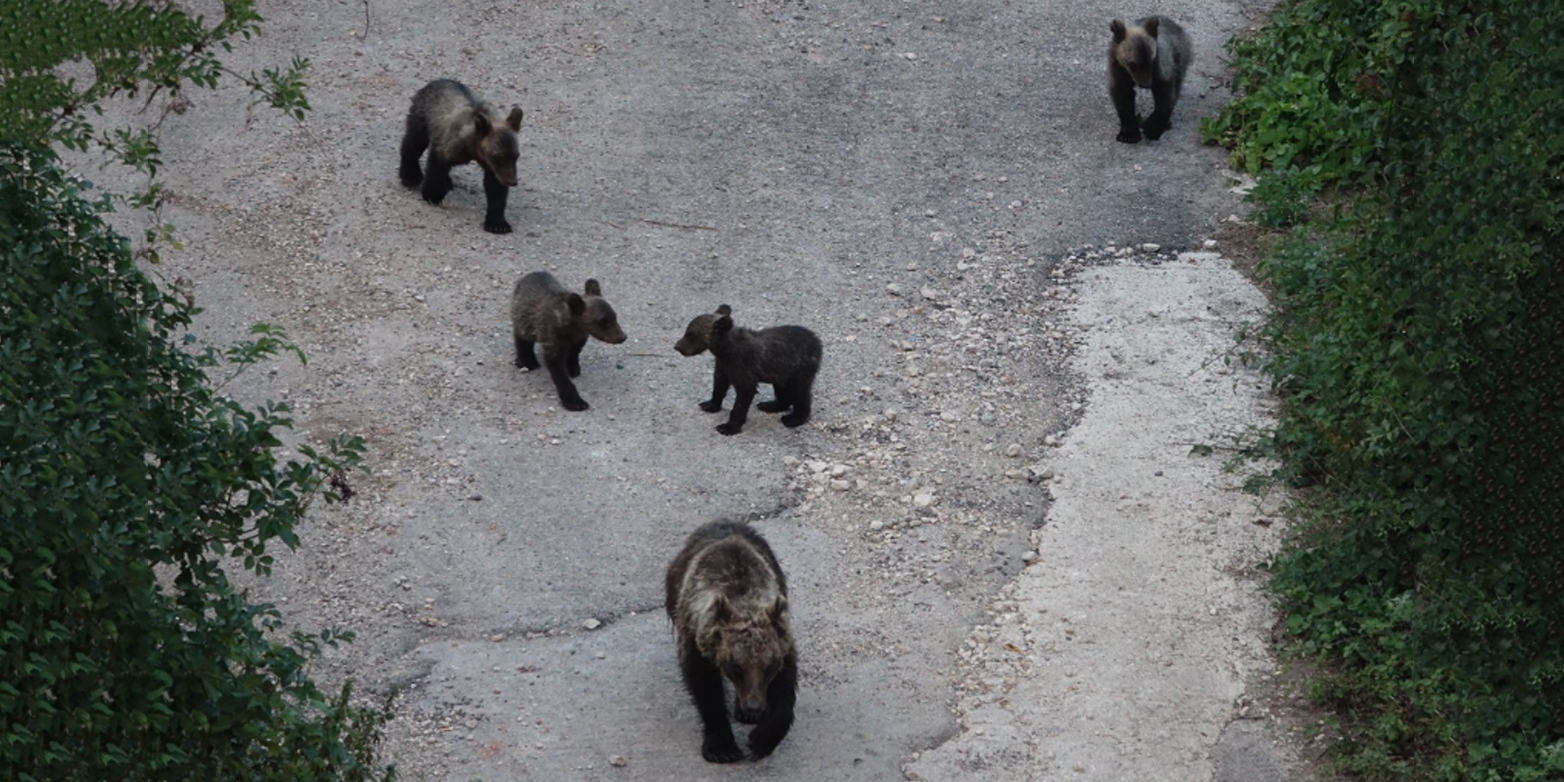How can we look at coexistence in landscapes from the perspective of people and wildlife?
Coexistence with wildlife is becoming a key challenge in Europe as populations of large carnivores recover in human-dominated landscapes. We published a new article on modeling coexistence between humans and the endangered Apennine brown bears in Italy. The participatory modeling approach integrates both human-centered and bear-centered perspectives on the landscape and may help inform conservation decisions.

Local and expert knowledge, as well as available data on bear habitats and land use, were integrated into a spatially explicit Bayesian network to predict the tolerance to bears from the human perspective and the risk of fitness loss from the bear perspective. We found that conditions for human-bear coexistence vary between human communities and are spatially heterogeneous at the local scale, depending on ecological factors, social factors influencing the level of tolerance in community, such as people’s emotions and knowledge, economic factors, such as livelihoods, and policies such as damage compensation. Our modeling approach could help to efficiently target measures for improving human-large carnivore coexistence in different settings in a site-specific manner.
The full paper is published Open Access in the Journal of Nature Conservation:
Mayer, P., Grêt-Regamey, A., Ciucci, P., Salliou, N., & Stritih, A. (2023). Mapping human-and bear-centered perspectives on coexistence using a participatory Bayesian framework. Journal for Nature Conservation,73.
external pagehttps://doi.org/10.1016/j.jnc.2023.126387
